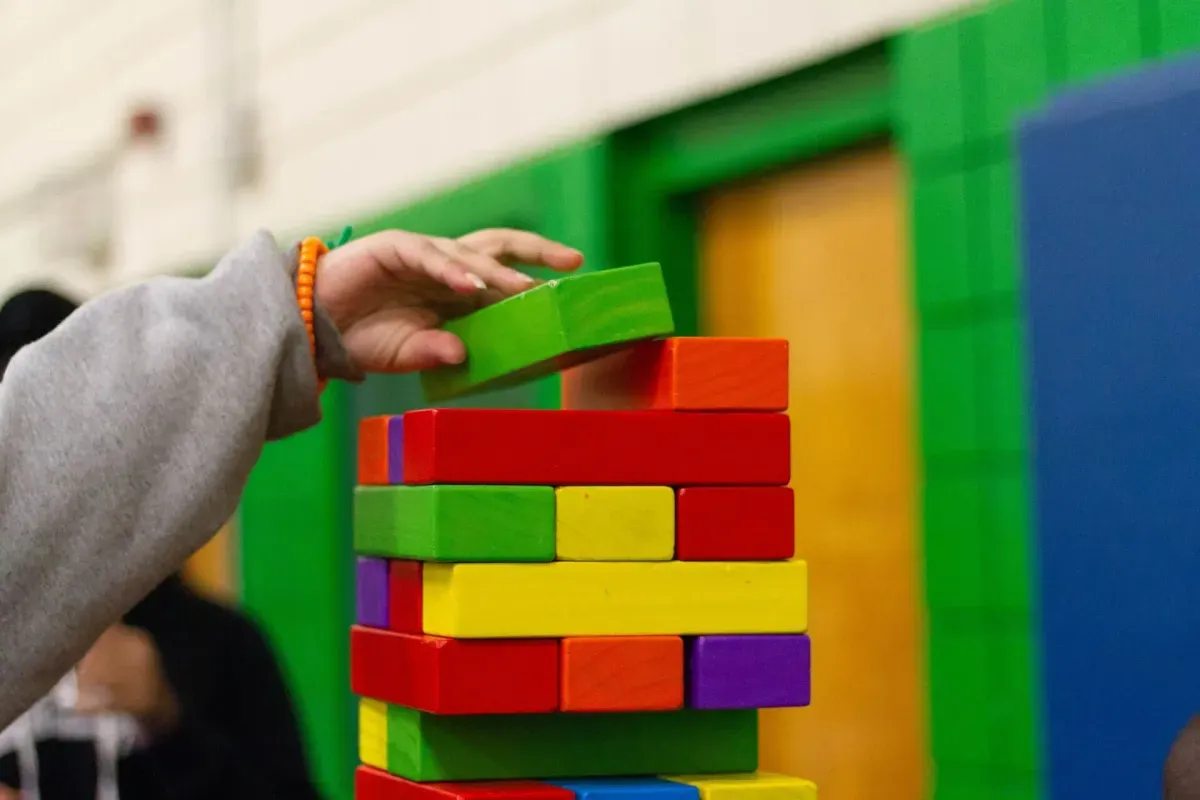
Play Therapy Activities
Discover various activities and ideas for your play therapy program. Learn how they can benefit your clients in this guide.
Get carepatron free
Commonly asked questions
Generally, no significant risks are involved, but supervision is required when using scissors or sharp objects. Avoid activities with potentially dangerous elements, such as field trips to places with precarious areas.
Imaginative play allows children to express themselves and process emotions in a safe and natural way, revealing insights they might not share in direct conversation. It also helps them develop emotional understanding at their own pace.
Yes, primarily, but adults can also benefit from play therapy to reconnect with their inner child and find new ways to process emotions and experiences. Engaging in child-centered play therapy can remind adults of simpler times and help them identify paths to emotional healing.







